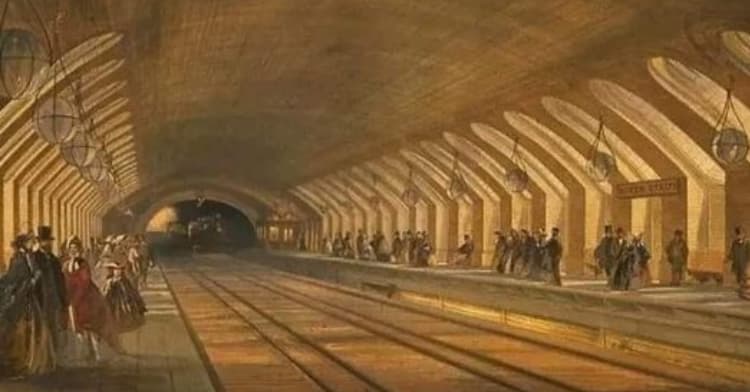Discover the enchanting allure of crinkle-crankle walls, also known as snake walls, scattered throughout the British countryside. These meandering structures, characterized by their wavy design, hold a fascinating history and architectural significance. From their efficient use of materials to their aesthetic appeal, crinkle-crankle walls offer a unique glimpse into the ingenuity of past builders.
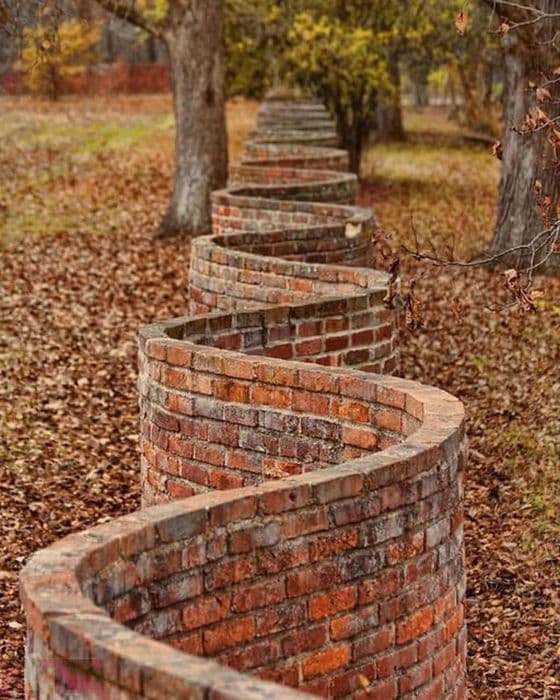
Why Crinkle-Crankle Walls Captivate:
When exploring locations adorned with crinkle-crankle walls, be sure not to miss these five captivating sites:
- Suffolk: Home to over 100 crinkle-crankle walls, Suffolk boasts some of the finest examples of this architectural marvel.
- Whitechurch Canonicorum, Dorset: Discover crinkle-crankle walls nestled amidst the picturesque landscapes of Dorset’s countryside.
- Egginton and Hopton, Derbyshire: Experience the charm of crinkle-crankle walls amidst the tranquil surroundings of Derbyshire’s villages.
- Lymington, Hampshire: Delight in the beauty of crinkle-crankle walls adorning the historic streets of Lymington.
- University of Virginia, USA: Explore the legacy of crinkle-crankle walls in the United States, where Thomas Jefferson incorporated this architectural style into the University of Virginia’s design.
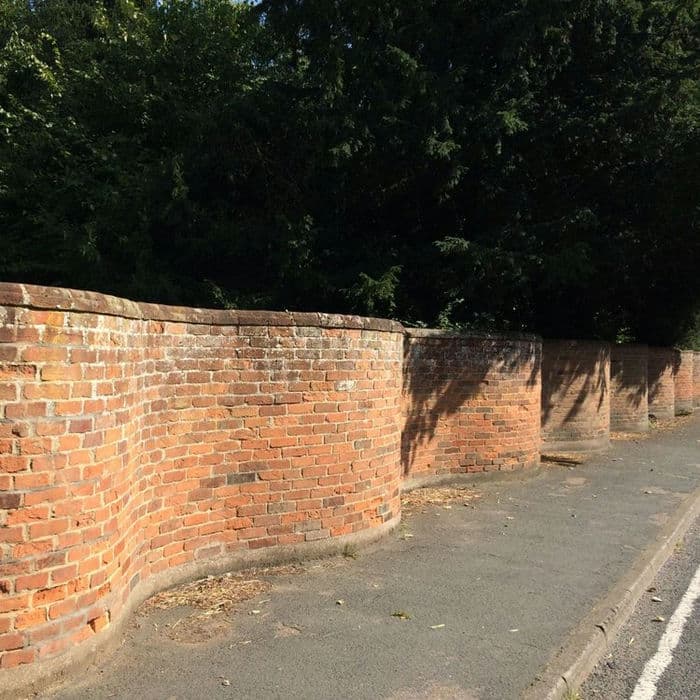
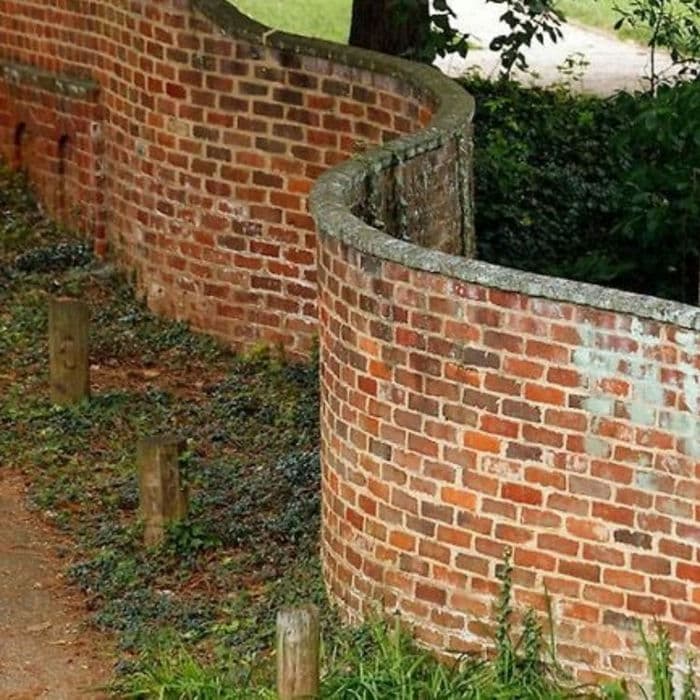
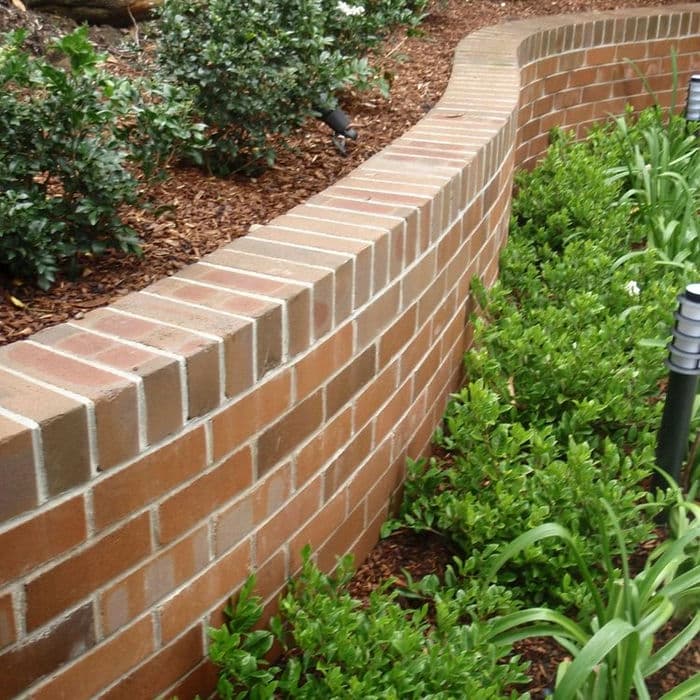
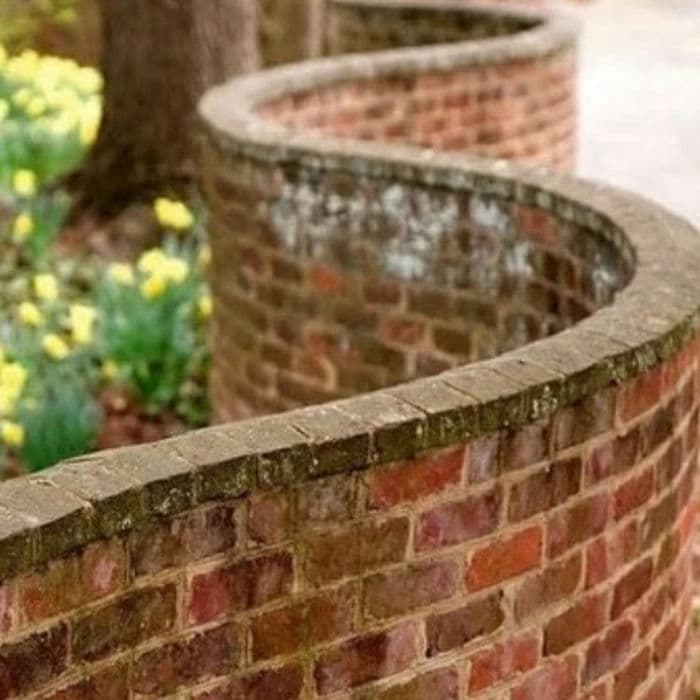
FAQs about Crinkle-Crankle Walls:
- Why are crinkle-crankle walls called snake walls?
Crinkle-crankle walls are often referred to as snake walls due to their winding, serpentine appearance, resembling the curves of a snake’s body. - What is the history behind crinkle-crankle walls?
Crinkle-crankle walls originated in England as a cost-effective and aesthetically pleasing solution to wall construction. They gained popularity during the 17th and 18th centuries, particularly in regions with access to ample brick resources. - What is the mathematical theory behind crinkle-crankle walls?
Crinkle-crankle walls exhibit curved designs to reduce the number of bricks required for construction while maintaining structural integrity. Mathematicians have explored the efficiency of these walls, demonstrating their ability to optimize material usage. - Why are some crinkle-crankle walls listed as heritage sites?
Crinkle-crankle walls of historical significance may be listed as heritage sites to protect their architectural and cultural value. Listing ensures their preservation for future generations to appreciate and enjoy. - Where can I find listed crinkle-crankle walls?
English Heritage maintains a list of listed crinkle-crankle walls, showcasing their architectural importance. Visitors can explore these designated sites to admire the craftsmanship and ingenuity behind these unique structures.
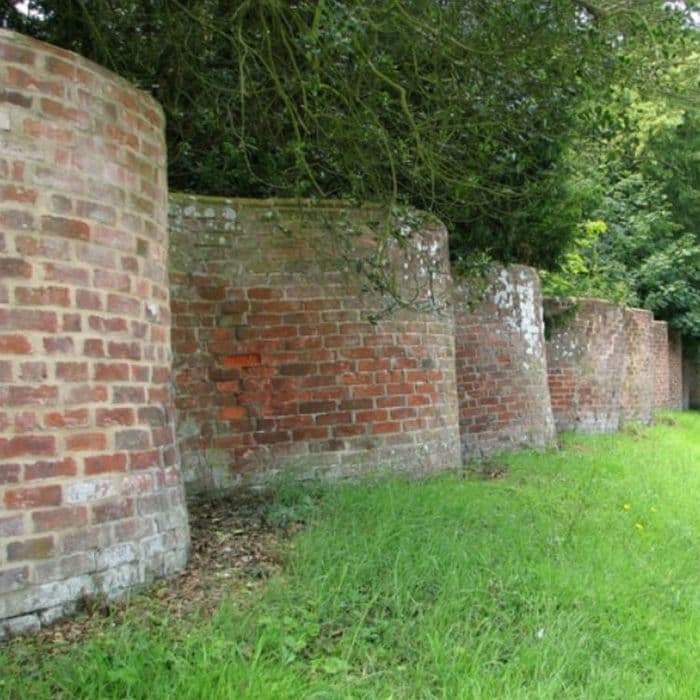
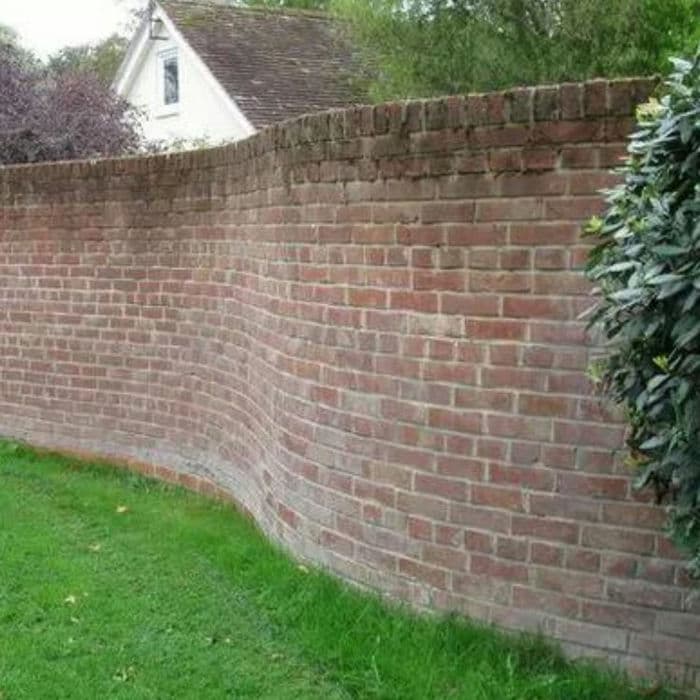
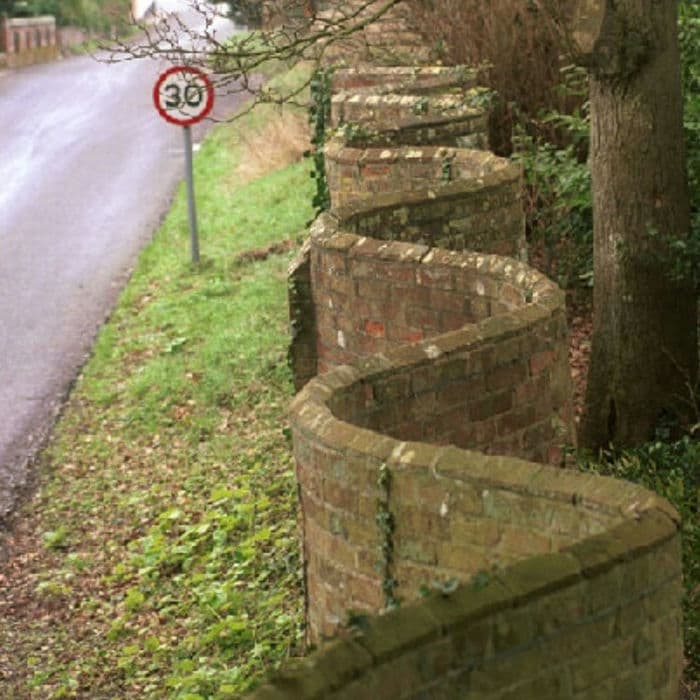

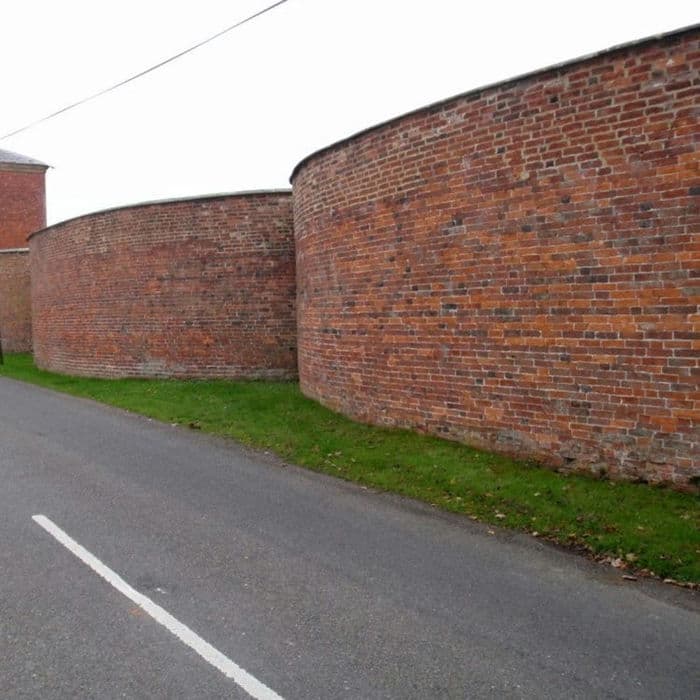
From their intriguing history to their mathematical precision, crinkle-crankle walls continue to fascinate and inspire admirers around the world. Whether tracing their origins in England’s countryside or exploring their legacy abroad, these meandering walls serve as enduring testaments to human creativity and innovation.

